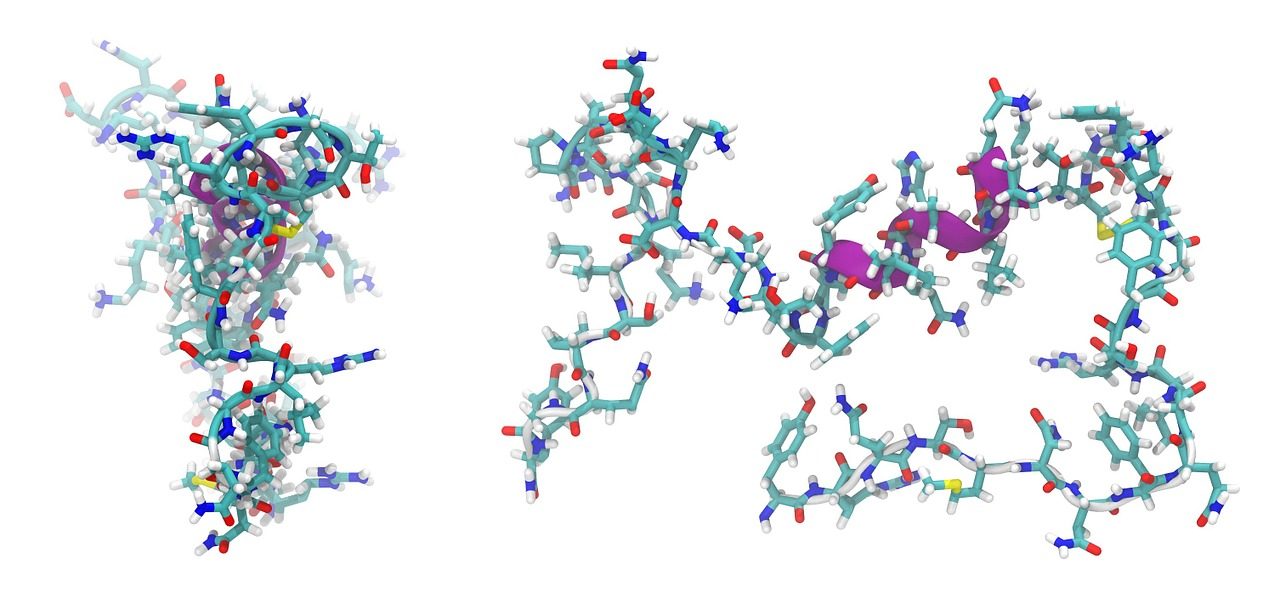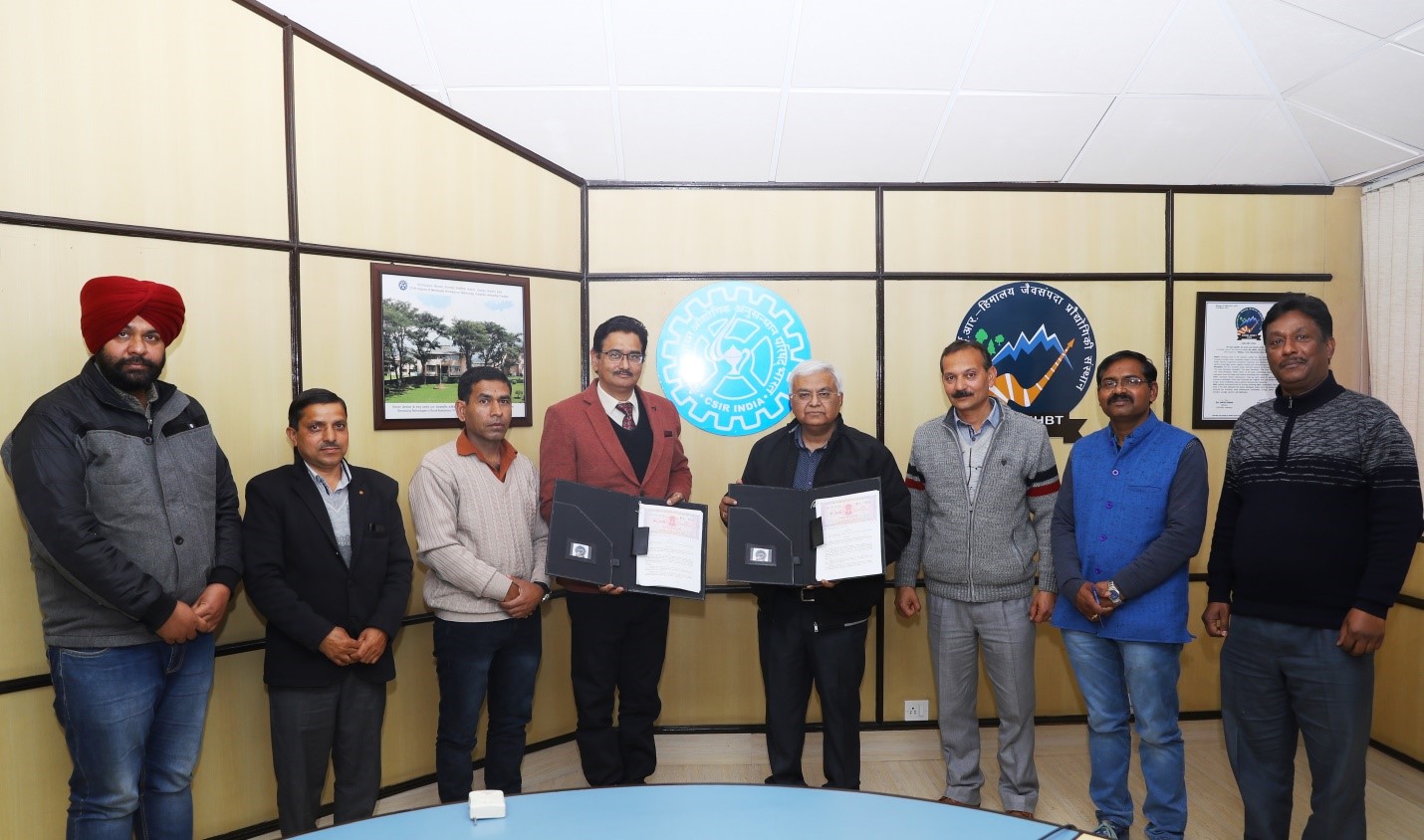Scientists Present Novel Therapeutic Possibility for Inflammatory Disorders
Our body has two types of immune system namely- the innate immune system and adaptive immune system. While the adaptive immune system continues to evolve throughout our lives, contrary to this- the innate immunity is already encoded in the system at birth.
A central component of the innate immunity is known as the complement system- a pool of several circulating inactive complement proteins in the blood whose receptors are presents in the cell membrane. When a pathogen attacks our system, the complement protein becomes active and engages with the membrane receptors for the further actions to clear the pathogens from our body.
Of these, complement protein C5a works by activating two different membrane receptors, C5aR1 and C5aR2. The interaction of C5a with C5aR1 and their downstream signalling are critical in many inflammatory disorders such as sepsis, inflammatory bowel syndrome, rheumatoid arthritis and psoriasis. Therefore, a better understanding of C5a-C5aR1 interaction, and novel approaches to modulate this important signalling system has tremendous therapeutic potential.
Now in a collaborative study, research team led by Prof. Arun K. Shukla at the Indian Institute of Technology in Kanpur (India), and the laboratory of Prof. Trent Woodruff at the University of Queensland (Australia) have identified that a synthetic peptide C5apep derived from, and modified based on, C5a sequence- may provide an alternative therapeutic candidate compared to currently used ligands. The study is published in the Journal of Biological Chemistry.
“This is the first example where a designer protein is utilized to fine-tune the key cellular processes in the human complement system which is absolutely critical for the body’s immune response. Our study provides a new framework to further improve the on-going clinical programs to modulate the human complement system with direct therapeutic implications in a wide range of inflammatory disorders including rheumatoid arthritis and sepsis,” said Prof. Arun K. Shukla.
The receptors C5aR1 and C5aR2 belong to a large family of cell surface proteins known as G protein-coupled receptors (GPCRs) and they are present on immune cells like macrophages and neutrophils. Most of the currently prescribed medicines act on GPCRs and work by turning them “on” or “off” i.e. by activating or blocking their downstream responses.
According to the study, activation of C5aR1 receptor by C5a triggers robust mobilization of immune cells like neutrophils which may result in severe hyper-inflammation, and subsequently, inflammatory disorders. Thus molecules which can block the interaction of C5a with C5aR1 and downstream signal transduction are proposed to be promising therapeutic candidates to combat inflammatory diseases.
However, recent studies have shown that activation of C5aR1 by C5a may also result in inhibition of cytokine called interleukin-6 (IL-6) which is desirable to overcome inflammatory symptoms. Therefore, conventional C5aR1 antagonists may not be the optimal therapeutic candidates as they will also compromise C5a-induced inhibition of IL-6.
This problem was addressed by designing ligand C5apep which maintains the desirable properties of C5a i.e. inhibition of IL-6 but it has a significantly lower capacity to trigger neutrophil migration compared to C5a. “C5apep can be a superior choice over conventional C5aR1 antagonists. Such ligands are known as “biased ligands” because they preferentially activate one functional outcome over the other, and this conceptual emerging framework has refined the landscape of novel drug discovery targeting GPCRs,” said Shubhi Pandey, the lead author in this study.
Prof. Shukla says, “Our study uncovers the first instance of a functionally biased ligand in the complement system that has the inherent potential to improve the therapeutic design in inflammatory diseases. We plan to carry out animal studies in future to measure the therapeutic potential of this novel ligand and also understand the molecular details of its interaction with the receptor at high resolution using structural studies.”
The research team included Shubhi Pandey, Xaria X. Li, Ashish Srivastava, Mithu Baidya, Punita Kumari, Hemlata Dwivedi, Madhu Chaturvedi, Eshan Ghosh, Trent M. Woodruff and Arun K. Shukla. The study was supported by the LADY TATA Memorial Trust, SERB (DST) and the Wellcome Trust DBT India Alliance. (Scisoup)
If you liked this article, then please subscribe to our YouTube Channel for the latest Science & Tech news. You can also find us on Twitter & Facebook.



